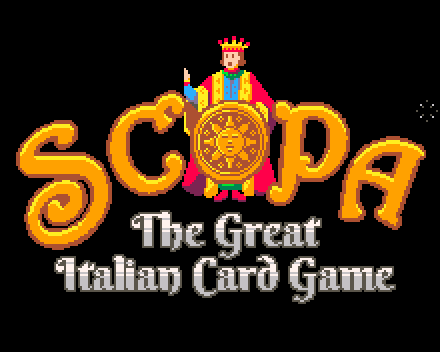
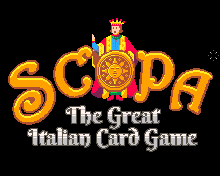

Scopa
Italy's favourite card game!
Graphics @vampirics
Code @filmote
Tester Jessica
Source Source Code
ZIP Scopa.zip (1.3 MB)
Playing Instructions
Scopa is a favorite game of Italians. Scopa, in Italian, means broom. In the game of Scopa, you are awarded points in a variety of ways, but one of the best methods is to sweep the board. This is known as a Scopa !
A Scopa Deck has 4 suits. (Coins, Swords, Batons / Clubs, Cups) within each Italian suit there is the 1-7, Fante (an infantry man worth 8), Cavallo (calvary man worth 9) and the King (worth 10). These values are important for making Scopa tricks.
Game Play:
Players draw a card to see who plays first. Once decided, each player is dealt three cards and four cards are dealt, face-up onto the table.
When it is your turn, you have two options - either place a card on the table, or play a card to take a scopa trick. A trick is taken by matching a card in your hand to a card of the same value on the table, or if that is not possible, by matching a card in your hand to the sum of the values of two or more cards on the table. In both cases, both the card from your hand and the captured card(s) are removed from play.
These cards are now out of play until scores are calculated at the end of the round.
Example: The player’s hand contains the 2 of coins, 5 of swords, and 7 of clubs (or batons). On the table are the ace of coins, 5 of cups, and 6 of swords. The player’s options are:
- place the 2 of coins on the table
- take the 5 of cups fromthe table using the 5 of swords from their hand
- take the 6 of swords and ace of coins from the table using the 7 of clubs from their hand
As you will see in the scoring section below, you are rewarded for capturing the coin cards, the sevens and the prized seven of coins (or Sette Bello). You are also rewarded a point for clearing all cards from the table - this is known as a Scopa.
Play alternates until both players have used all of their cards. Three more cards are dealt to each player and play continues. No additional cards are dealt to the table.
After the dealer has played the final card of the final hand of the round, the player who most recently took a trick is awarded any remaining cards on the table. After the last card of the round has been played, points are calculated for each. If no one has won the game, the players swap positions and a new set of cards are dealt and play continues as described above.
Additional Rules
Single Card Trick Rule: In any circumstance in which a played card may capture either a single or multiple cards, the player is forced to capture only the single card. If the table has contains a 1, 3, 4, and 8 (Fante), and the player plays a Fante of a different suit, the player is not allowed to capture the 1, 3, and 4, even though their total does add up to 8. Instead, the player is only allowed to capture the fante.
You cannot simply discard a card that has the ability to take a trick. If, for example, a 2 and 4 are on the table, and a player holds a 6, the player must either take that trick, or play a different card from his hand.
Scoring
Points are awarded at the completion of each deal. Players get one point for each “Scopa”.
In addition, there are up to four points available for the following, each worth 1 point apiece:
- captured the greatest number of cards (in the case of a tie, no one receives a point)
- captured the greatest number of cards in the suit of coins (in the case of a tie, no one receives a point)
- captured the seven of coins (the “sette bello”)
- obtained the highest “Premiera” hand.
Scopa - Determining the Premiera
The “prime” for each player is determined by selecting the player’s “best” card in each of the four suits, and totaling those four cards’ point values. When calculating the prime, a separate point scale is used. The player with the highest number of points using this separate point scale gets one point toward the game score.
Our game uses the most common version of the premiera scale is where Seven = 21 points, Six (sei) = 18 points, Ace = 16 points, Five = 15 points, Four = 14 points, Three = 13 points, Two = 12 points, King = 10 points. For example, if one player captures the sevens of cups and coins, the six of clubs and the ace of swords, that player’s prime is (21 + 21 + 18 + 16) = 76.
Winning the Game
The game is played until one player has at least 11 points and has a greater total than any other player. It is important to note that no points, including scopa points, are awarded mid-round; they are all calculated upon completion of the round. For that reason, if the current score is 10 to 9, and the team with 10 points captures the seven of coins or a scopa, the team cannot immediately claim victory. It is still possible that the opposing team could end up with a tied or higher score once all points are calculated.
Enjoy Playing Scopa!
Installation Instructions
This game consists of a POP file and supporting sound assets packaged in a .zip file. Please expand the contents into a directory on you computer - you will see a POP file and a sub-directory called music. Please ensure both the .POP file and folder are copied to the root directory of your SD card.
Depending on what other games are installed on your Pokitto, you may already have a sub-directory called /music on your machine. If prompted, simply merge the contents of the Scopa directory with the folder already on your machine. The names of the file are unique and should not clash!
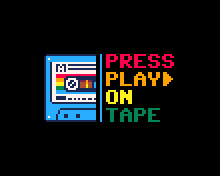
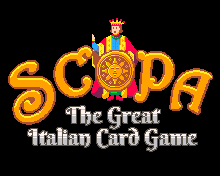
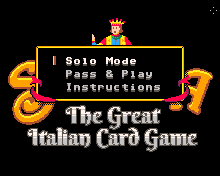
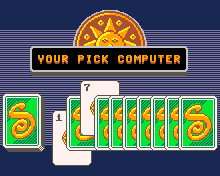
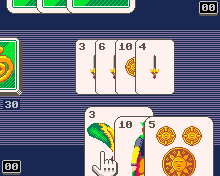
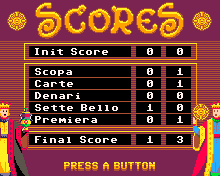
 but this is a lot of fun! And yes, the animations and graphics look incredible! And they work alright with my SD card Pokitto combo (the SD card that came with the unit)
but this is a lot of fun! And yes, the animations and graphics look incredible! And they work alright with my SD card Pokitto combo (the SD card that came with the unit) .
. After all it came from you!
After all it came from you!